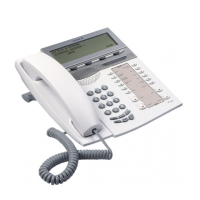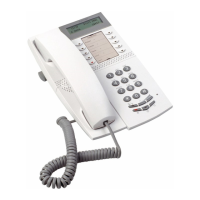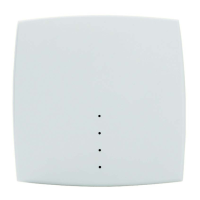99
MD Evolution – Dialog 4223 Professional
More Features of Your Extension
Secret of Identity
When your facility is connected to the ISDN network, your identity
is usually transmitted to your external calling parties, and vice
versa.
According to the specific right assigned to your extension, it is
possible that your identity not be divulged to your external ISDN
network calling parties.
This is therefore systematically valid for all of your outgoing ISDN
network calls, without any specific action on your part.
Your identity is divulged, however, for your internal calls, and you
still receive the information concerning your external incoming
calling parties.
Tracing Malicious Calls
It is possible that at some time, you may be subjected to malicious
calls from external parties (usually received from an ISDN network)
who hide their identity. See the “Operations for Incoming Calls”
section.
When your facility is connected to the ISDN network, you may
request that these malicious calls be traced, thus finding out the
malicious caller’s name and number, and that this information be
saved on the public network.
This assumes, however that you have made a prior request to the
operator responsible for the public network to which your facility is
connected.
Assuming this condition has been met, requesting a malicious call
tracing may be carried out on an established call, whether in single
or enquiry mode, as well as when the call is being disconnected by
the remote malicious caller.
To do this, during a call:
2 times >> Press the Next key twice in order to display the following
screen:
MALICIOUS Press the dynamic function key shown on the left.
Your request for malicious call tracing is transmitted over the ISDN
network, and the call proceeds normally.
If the call is being disconnected by the remote caller, all you need to
do is disconnect the call yourself.
FRI 20-APR 15:28
L1 Aastra-00164477500 01:33
RECORD MALICIOUS <

